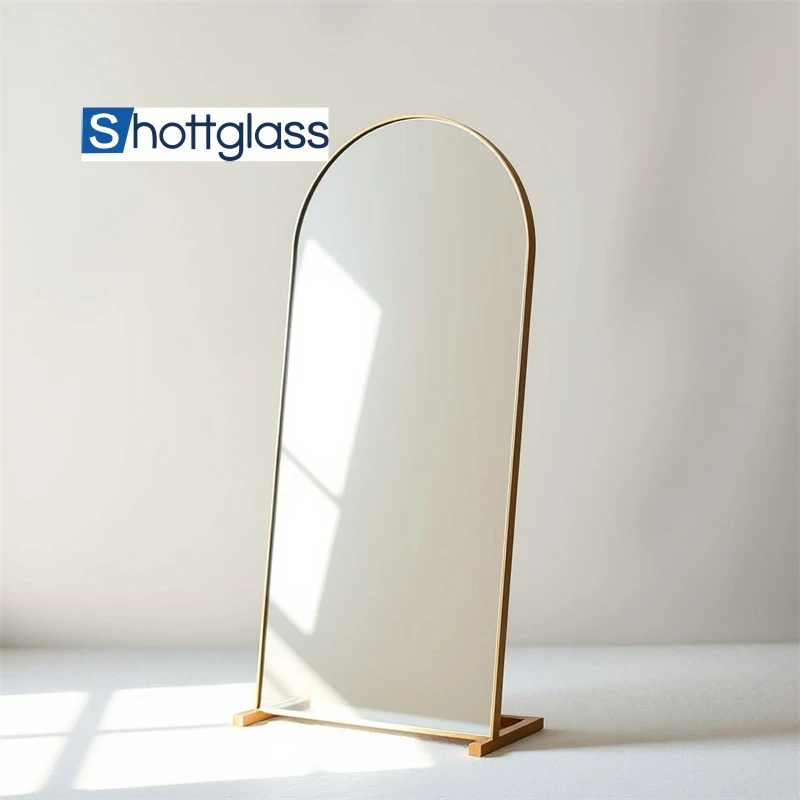Sep . 21, 2024 14:18 Back to list
types of reflective glass
Types of Reflective Glass
Reflective glass has become an increasingly popular choice in modern architecture and design due to its ability to enhance aesthetics while providing functional benefits such as energy efficiency and privacy. There are various types of reflective glass, each serving different purposes and offering distinct characteristics.
One of the most common types of reflective glass is silver reflective glass. This type features a silver coating that reflects a significant amount of light and heat while allowing visibility from the interior. It is especially popular in commercial buildings where a sleek appearance is desired, and it helps in reducing solar heat gain, thus lowering air conditioning costs. Silver reflective glass is often used for office windows and high-rise buildings, providing a polished and professional look.
Another type is bronze reflective glass, which has a warm, rich appearance that adds a touch of elegance to any structure. This type of glass reflects sunlight while reducing glare, making it an optimal choice for residential buildings and upscale commercial properties. The bronze tint also offers an added benefit by helping to keep interiors warmer during cooler months, showcasing its versatility in different climates.
types of reflective glass

Low-E reflective glass (Low Emissivity glass) is another innovative option that integrates reflective properties with thermal insulation. The Low-E coating reflects heat back into the building during winter while keeping it cool in summer. This makes it an energy-efficient choice for both residential and commercial applications, significantly lowering heating and cooling costs. Additionally, Low-E glass helps in preventing UV rays from entering the interior, protecting furnishings and merchandise from fading.
Colored reflective glass provides a unique aesthetic appeal while still serving the functional benefits that reflective glass offers. With a range of colors available, from green to blue to gray, architects and designers can choose colored reflective glass to complement their building's design and achieve a bold or understated appearance. This option is particularly popular in the creative industry, where artistic expression is prioritized.
Lastly, spandrel reflective glass is a specialized type often used in commercial structures. It is typically employed in the non-vision areas of buildings, such as the gaps between windows or above doorways. Spandrel glass can be reflective or opaque and is typically used in conjunction with vision glass to create a cohesive, polished facade.
In summary, the diverse types of reflective glass available today cater to a myriad of architectural styles and functional requirements. Whether it’s enhancing energy efficiency, providing aesthetic appeal, or promoting privacy, reflective glass plays an essential role in modern building design and continues to evolve with new technologies and applications.
-
Mirror Glass: A Multifunctional Material in the Interweaving of Light and Shadow
NewsAug.20,2025
-
Laminated Glass: A Special Material That Safeguards Safety and Transparency
NewsAug.20,2025
-
Insulated Glass: The Ideal Choice for Building Energy Efficiency
NewsAug.20,2025
-
Frosted Glass: The Perfect Fusion of Hazy Aesthetics and Practical Functionality
NewsAug.20,2025
-
Coated Glass: A Fusion of Functionality and Aesthetics in Modern Decoration
NewsAug.20,2025
-
Clear Float Glass: A Transparent Aesthetic Carrier in Modern Decoration
NewsAug.20,2025
Related PRODUCTS














